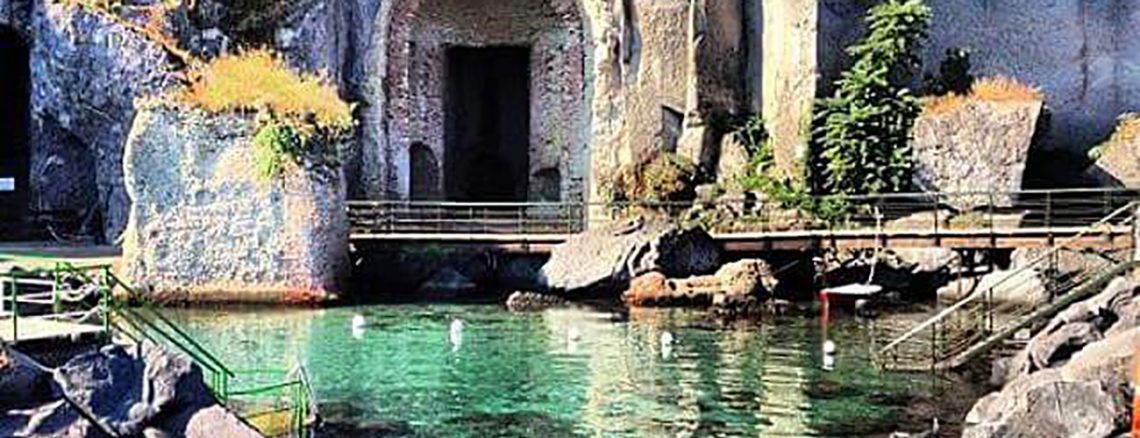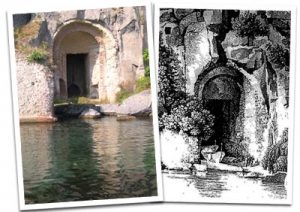
Archeology
..a bit of culture
  |
It’s located in one of the most distinctive locations of the Sorrento peninsula. The domus, built during the I century b. C. and carved on tuffaceous ridge, rises right on the roman ruins of the Villa of Agrippa Postumus (Emperor Augustus’s nephew), who choose Sorrento as his home. The DOMUS, during some occasional retrievals, has been located on the area where now St. Paul monastery is settled. Here, it’s possible to view the remains of nimphaeum and of fish tanks, second half of II century b.C., which represent the most significant example of this kind of works. The maritime plant of this Villa represented the more important element and it is constituted by a Greater Nimphaeum (Ninfeo Maggiore), completely covered by mosaics, and by a Minor Nimphaeum (Ninfeo Minore), covered by vitreous mosaics, both located on the tuffaceous coast under the actual Pompeian Villa and reachable only by sea. The rock, bare and faced, has been utilized only where possible, but whereas the tuffaceous rock was missing, a reticulated work has been used instead.
